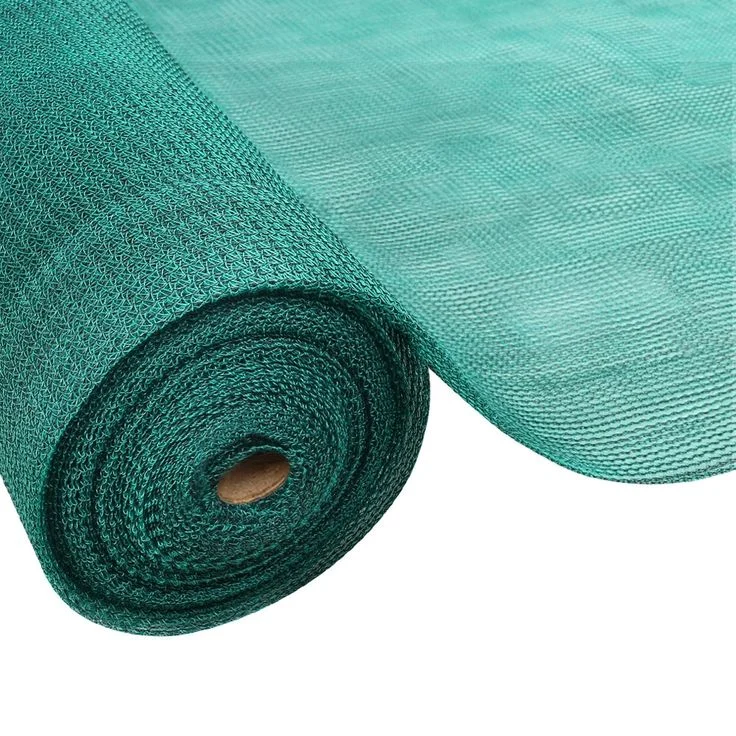How Farmers Are Reaping Profits from Shadehouse Farming in Kenya

This guide will walk you through the profitability of shadehouse farming in Kenya. We will explore real farmer experiences, break down the costs versus the potential profits, and show you how to get started.
Real Farmer Experiences: Profits and Success
Many smallholder farmers across Kenya are already reaping the rewards of shadehouse farming. By investing in this technology, they are generating a steady income from high-value vegetables and fruits like tomatoes, capsicums, and strawberries.
These farmers have learned valuable lessons along the way. A key takeaway is that success requires more than just the structure; it demands good management practices, an understanding of market demands, and a willingness to learn. Those who commit have seen their crop survival rates improve dramatically and their losses from pests and harsh weather decrease.
John Mwangi, a smallholder farmer from Nakuru County, recently transitioned to shadehouse farming to combat declining open-field yields caused by erratic weather patterns and pest infestations. With a half-acre piece of land, John invested in a mid-sized shadehouse, supported by a government grant covering 40% of his initial costs. He planted tomatoes, leveraging the controlled environment to regulate temperature, reduce water usage, and protect his crops from pests.
How Mr. Ronald Diang’a Improved His Tomato Profits with an 8m by 15m Shadehouse
Mr. Ronald Diang’a, a smallholder farmer from Nakuru County, faced recurring challenges with his open-field tomato farming. Pests, unpredictable weather, and high water usage significantly limited his yields and reduced his profit margins year after year. Determined to change his farming methods, he invested in an 8m by 15m shadehouse with support from tailored training on setup and management.
By transitioning to a shadehouse, Mr. Diang’a gained full control over his farming environment. The structure provided vital protection for his tomato plants, shielding them from excessive rainfall, pests, and diseases. Additionally, the shadehouse’s efficient water management system drastically reduced the water needed for irrigation. With drip irrigation integrated into the setup, his farm now optimizes every drop of water, ensuring consistent moisture for healthy plant growth.
The results were impressive. Within one season, Mr. Diang’a reported a 40% increase in his tomato yield. The uniform growth and improved quality of his tomatoes enabled him to attract better prices in the local market. Thanks to the reliable supply and better prices, he recouped his investment in the shadehouse within just 18 months. Today, Mr. Diang’a is expanding his farming operations, aiming to venture into exporting premium-grade tomatoes.
Shadehouses like Mr. Diang’a’s provide farmers with a controlled environment, which not only enhances crop quality but also ensures more predictable and profitable harvests. With reduced losses from pests and weather-related issues, farmers can achieve higher yields, save on input costs, and secure consistent income. The improved efficiency and profitability make shadehouses a smart, future-focused investment for farmers looking to maximize their returns while conserving resources. By shifting to this innovative approach, farmers can transform both their agricultural output and their economic prospects.
Shadehouse Farming: Cost vs. Profitability
The initial investment in a shadehouse is a primary concern for many farmers, but understanding the potential returns makes it a calculated risk. The cost varies based on size, but even a small setup can quickly pay for itself.
Compared to open-field farming, where yields can be inconsistent, a shadehouse offers year-round production. This consistency allows farmers to supply markets when prices are highest, boosting their overall profitability. Most farmers find they can break even within two to three seasons, making it a sound long-term investment.
Shadehouse Options and Prices in Kenya
There is a shadehouse size to fit every farmer’s budget and land size. Here are the common options available:
Mini Shadehouse:
-
- Price: KSH 300,000
- Size: 8m x 15m
- Capacity: 700 crops
- Tank: 300L
- Best for: Beginners and small-scale farmers testing the waters.
Medium Shadehouse:
- Price: KSH 360,000
- Size: 8m x 24m
- Capacity: 1120 crops
- Tank: 500L
- Best for: Farmers looking to expand their production.
Large Shadehouse:
-
- Price: KSH 400,000
- Size: 8m x 30m
- Capacity: 1400 crops
- Tank: 500L
- Best for: Commercial farmers supplying larger markets.
XL Shadehouse:
-
- Price: KSH 720,000
- Size: 16m x 30m
- Capacity: 3000 crops
- Tank: 1000L
- Best for: Large-scale agribusiness operations.
What Crops Grow Best?
Shadehouses are ideal for a variety of high-demand crops. The most profitable choices for the Kenyan market include:
- Tomatoes, capsicums (peppers), and cucumbers: These are staples with consistent demand.
- Strawberries: A high-value crop with excellent profit margins.
- Herbs and leafy greens: Perfect for supplying local hotels and supermarkets.
- Niche crops: Some farmers find success with specialized crops for export.
Overcoming Common Challenges
While profitable, shadehouse farming comes with its own set of challenges. The high initial setup cost is often the biggest hurdle. However, financing is available through SACCOs, microfinance institutions, and agricultural loans. Government programs and NGOs also offer support for farmers adopting modern technologies.
Another challenge is market access. Building relationships with buyers is crucial. Farmers can overcome this by joining cooperatives or using digital platforms to connect with hotels, supermarkets, and export agents. Finally, proper technical training in crop management and pest control is essential for maximizing yields.
Invest in Your Farm’s Future
Shadehouse farming is more than just a trend; it represents the future of sustainable and profitable agriculture in Kenya. It offers a reliable way to meet the growing urban demand for fresh produce while using resources like water more efficiently. By providing a controlled environment, shadehouses empower farmers to produce high-quality crops year-round, securing their income and strengthening their agribusiness.
For Kenyan farmers ready to boost their yields and invest in a more secure future, a shadehouse is a worthwhile investment. By starting with the right size for your budget and land, you can unlock your farm’s potential and achieve long-term profitability.